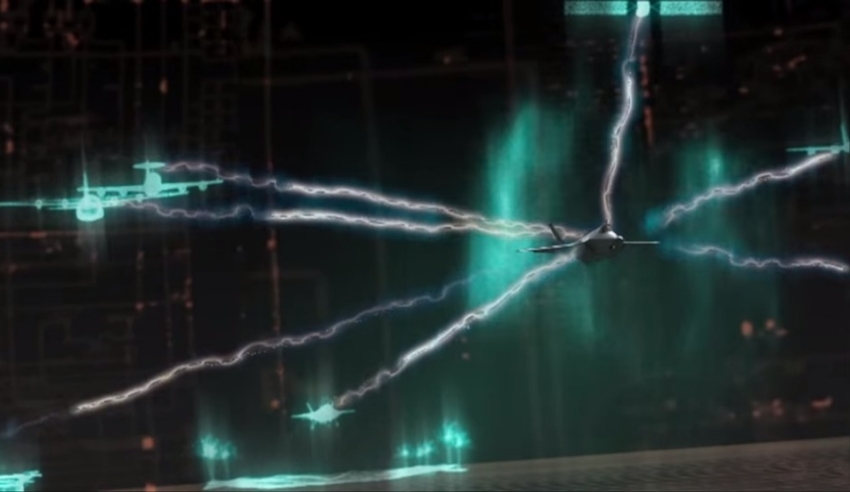The race to secure the coveted AIR 6500 contract is well and truly underway, and one contender has taken Defence Connect through what it has planned to deliver a fully networked, fifth generation force able to prevail against the increasingly complex and lethal threats of warfare in the age of information.
AIR 6500 will deliver a joint battle management system for the Australian Defence Force that will connect platforms, systems and sensors across the air, land, space, electromagnetic and cyber domains into a collaborative environment that provides shared situational awareness of the battlespace and the ability to rapidly respond to threats.
The program is in two phases, the first of which is to upgrade or replace the national air defence ground systems in Australia. Phase two will then procure a medium-range ground-to-air missile system with a range that facilitates protection of high-value assets.
Lockheed Martin is one of the defence companies pursuing the project, and Australian business development manager for C4ISR Ray Cage has said its plan for AIR 6500, which some in the organisation describe as “a complex systems of systems”, will deliver a solution different to what has been fielded before in its bid to help develop Australia’s fifth generation force.
“The way our AIR 6500 solution will be designed is to support targeting using a land-based weapon system based on sensor data potentially from another platform,” said Cage “That's not how it's traditionally been done in Australia.
“Being able to engage using another platform, another system's sensor detections, and being able to pass that information between nodes on the network is a capability which will be resident in systems like AIR 6500.”
The success of this project is not lost on Cage, with the eyes of the US firmly glued onto Australia to see how its fifth-generation force, potentially the first in the world to develop a system like AIR 6500, takes shape.
“In some ways, the Royal Australian Air Force and the Australian Defence Force are a little bit ahead of the curve, because through the recapitalisation of the various platforms, the Royal Australian Air Force is arguably one of the most modern small air forces in the world,” Cage explained.
“So, embracing the whole fifth-gen concept through Plan Jericho is a first, and so we're working closely with the US because they are interested to see how we're going. AIR 6500 is an exemplar program for the whole transformation piece. The RAAF may be first cab off the rank, so it's not just about the technology, it's also about the business model, it's about how we're going to train and operate.”
And while the American company will be looking to lead the project as the prime integrator, Australian businesses will play an integral part in the project if Lockheed Martin is chosen as the successful bidder.
“Part of the reason why we're here is to talk to Australian companies,” said Cage. “We are undertaking a road show, in fact two road shows … but we have been talking to a lot of companies already.
“Last trip, my US colleagues, I think we had 40 discussions with Australian companies, so we're very much looking for the technology in Australia that we can leverage into AIR 6500?
“And there are some really great niche skills in Australia … we are trying to find what are those niche technology areas that potentially we may not be able to source from the US, or that we don't want to bring from the US, that instead we can use Australian industry.”
Already, Lockheed Martin has identified key players that can deliver essential technology to the project across the communications and sensors areas.
“Definitely in the communications space, the sensor area … Australia has a lot of really good experience in those domains,” Cage said.
“Looking at data fusion, autonomy, those sorts of areas, so simulation, operations analysis, so if there's skills in Australian industry that can help us with these areas, we will definitely use an Australian company to do that.”
Where the main workforce for the highly sought-after project would be located under Lockheed Martin remains undecided, but Cage said a virtual approach is on the cards.
“We could look at a virtual approach, where you might have centres of excellence located around the country, or it could be a more integrated, combined effort, so it just depends,” he explained.
“And of course there will be an element of the workforce located in the US, so there will be Australian and a US element to the workforce.”
First pass approval for AIR 6500 is expected around about October 2018. A solicitation to industry is expected in 2019. Contract signature for the successful prime systems integrator and system deliverer will be in 2020 with an initial capability fielded by 2024. A second phase of the project is expected to deliver capability in the 2025+ timeframe.








